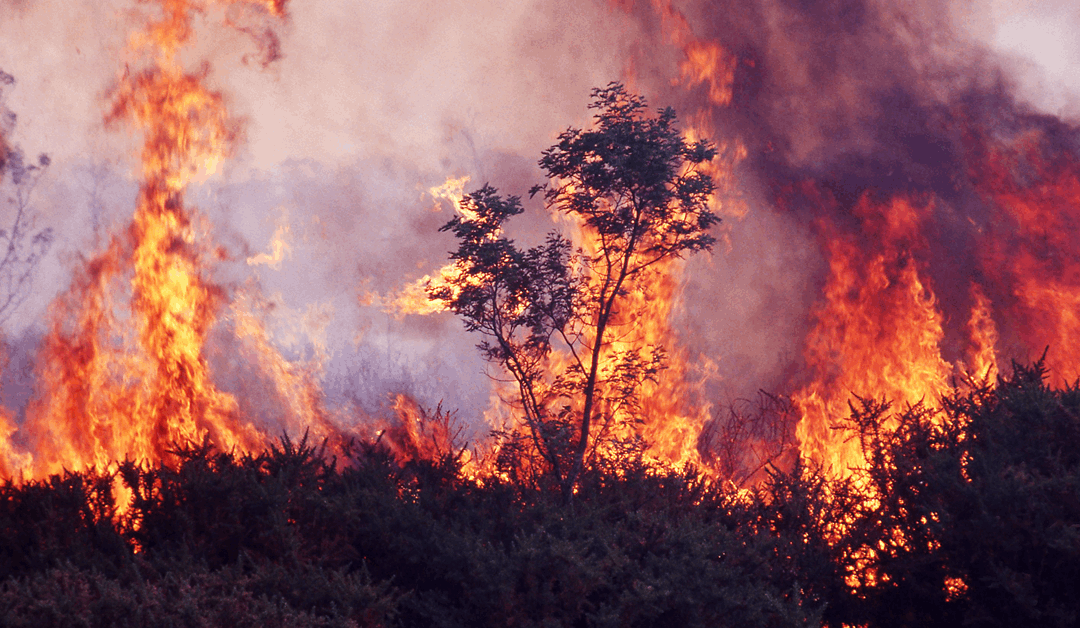Companies like Suncor Energy, Canadian Natural Resources and Imperial Oil have oil sands projects within 150 km of Fort McMurry, an oil sands hub in Northern Alberta, with many workers living in the city
More than half of the oil sands production from Canada could be impacted if the wildfires in Alberta and British Columbia worsen, Rystad Energy said in a report on Thursday.
WHY IT’S IMPORTANT
Canada is one of the biggest oil sands producers in the world.
Companies like Suncor Energy, Canadian Natural Resources and Imperial Oil have oil sands projects within 150 km of Fort McMurry, an oil sands hub in Northern Alberta, with many workers living in the city.
In 2016, a huge wildfire shut in over 1 million bpd of output in Fort McMurry.
CONTEXT
Canada’s oil sands industry produces roughly 3.3 million barrels per day of crude, two-thirds of the country’s total energy output.
Last year, more than 200,000 bpd of oil output was shut in due to the fires. There are currently 43 active fires in Alberta.
Wildfire season typically runs from April until September or October, when cooler temperatures and rain help dampen fire activity in Canada.
BY THE NUMBERS
May is seasonally the maintenance season for the oil industry as it gets ready to ramp up production for the higher-demand summer driving season in North America, with an estimated 365,000 bpd going offline.
Excluding that, Rystad Energy estimates more than 2.1 million barrels per day (bpd) of oil sand output could be impacted in a worst-case scenario, or 2.6% of global crude and lease condensate production.
This comes up to around 52% of affected volumes of the synthetic crude produced from Canadian facilities, when accounting for maintenance impacts, or closer to 60% when excluding it.
“The current flora around Fort McMurray is still recovering from the events that took place eight years ago, thus, MFW-017 (the current out-of-control blaze) is spreading on the ground at a slower pace,” said Thomas Liles, vice president of upstream research at Rystad Energy.

